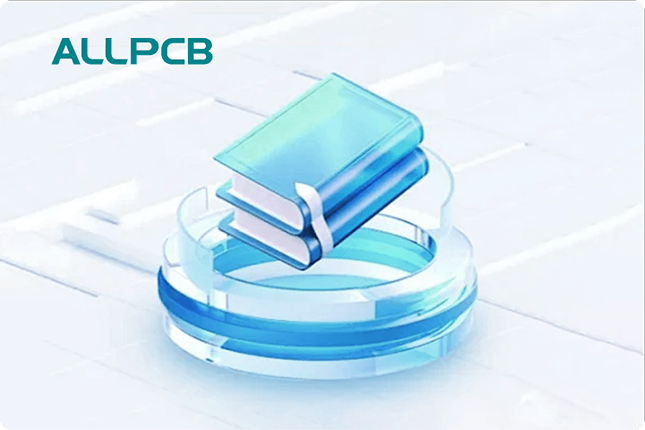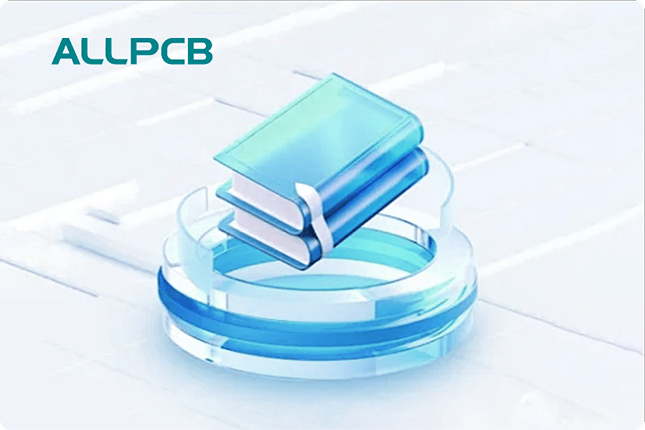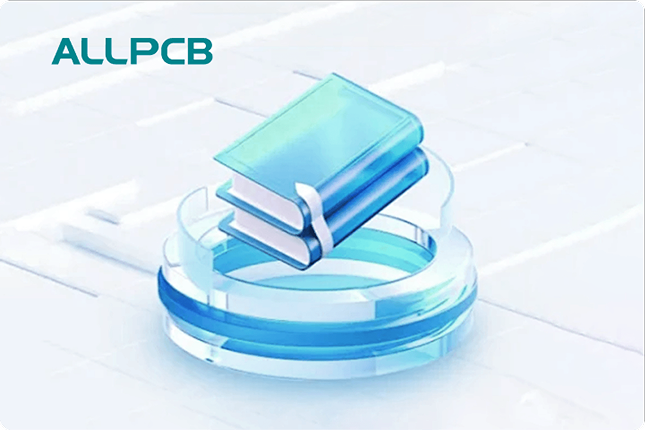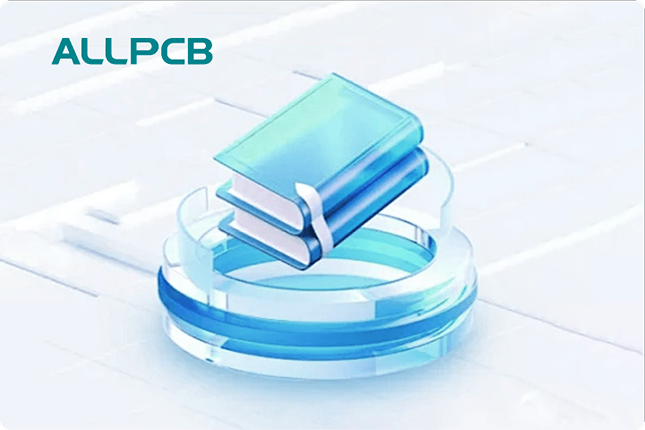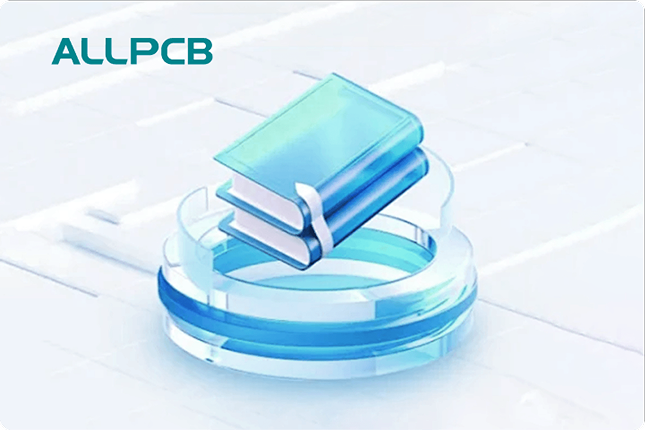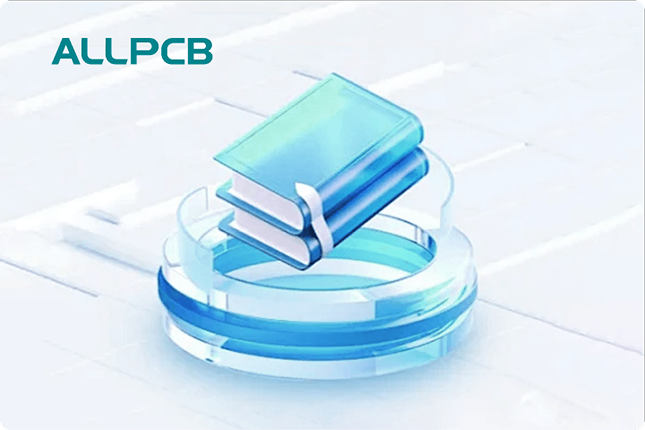If you're looking to achieve precision and efficiency in PCB manufacturing, optimizing drilling parameters for FR-4 PCBs is essential. FR-4, a widely used material in printed circuit boards, requires careful attention to drilling speed, feed rate, and other factors to ensure high-quality results without damaging the board. In this guide, we’ll walk you through the key aspects of FR-4 drilling, including how to fine-tune drilling speed and feed rate, understand PCB materials, and streamline the PCB manufacturing process for better outcomes.
Whether you're an engineer or a manufacturer, this comprehensive resource will provide actionable insights to enhance your production process. Let’s dive into the details of optimizing drilling parameters for FR-4 PCBs to help you achieve consistent, reliable results.
Why Drilling Parameters Matter for FR-4 PCBs
Drilling is a critical step in the PCB manufacturing process. It creates holes for mounting components like resistors and capacitors, as well as vias for connecting different layers of the board. For FR-4, a glass-reinforced epoxy laminate known for its durability and flame resistance, improper drilling can lead to issues like delamination, burrs, or even structural damage to the board. Optimizing drilling parameters ensures precision, reduces wear on tools, and maintains the integrity of the PCB material.
FR-4 is the most common PCB substrate due to its balance of cost, mechanical strength, and electrical insulation properties. However, its composition—a combination of woven fiberglass and epoxy resin—makes it abrasive to drill bits and sensitive to heat. Adjusting parameters like drilling speed and feed rate is crucial to avoid overheating, cracking, or uneven holes.
Understanding FR-4 PCB Material Properties
Before diving into drilling parameters, it’s important to understand the characteristics of FR-4 that influence the drilling process. FR-4 stands for "Flame Retardant 4," indicating its compliance with specific safety standards. Its key properties include:
- High Mechanical Strength: The fiberglass reinforcement provides rigidity, but it also makes FR-4 abrasive, leading to faster wear on drill bits.
- Thermal Resistance: FR-4 can withstand moderate temperatures, but excessive heat from high-speed drilling can cause resin softening or burning.
- Electrical Insulation: With a dielectric constant of around 4.5 at 1 MHz, FR-4 is ideal for most electronic applications, but drilling must avoid compromising its insulating layers.
These properties mean that drilling FR-4 requires a balance between speed and force to prevent damage while maintaining efficiency in the PCB manufacturing process.
Key Drilling Parameters for FR-4 PCBs
To optimize drilling for FR-4, several parameters need careful adjustment. Below, we break down the most critical factors: drilling speed, feed rate, and tool selection.
1. Drilling Speed (Spindle Speed)
Drilling speed, often measured in revolutions per minute (RPM), determines how fast the drill bit rotates. For FR-4 PCBs, the optimal spindle speed typically ranges between 30,000 and 60,000 RPM, depending on the drill bit diameter and board thickness. Higher speeds are suitable for smaller holes (like microvias below 0.3 mm), while lower speeds work better for larger holes to reduce heat buildup.
Excessive speed can generate friction, leading to heat that may burn the epoxy resin in FR-4 or cause delamination. On the other hand, speeds that are too low can result in rough hole walls or increased drilling time, reducing efficiency. A good starting point for a 0.5 mm drill bit on a 1.6 mm thick FR-4 board is around 40,000 RPM, with adjustments based on real-time observations of hole quality and tool wear.
2. Feed Rate (Infeed Rate)
Feed rate refers to the speed at which the drill bit advances into the PCB material, typically measured in inches per minute (IPM) or millimeters per minute (mm/min). For FR-4, a feed rate between 50 and 100 IPM is often recommended for standard drill bits. A lower feed rate reduces the risk of breaking the drill bit or causing burrs, but it slows down the process. A higher feed rate increases productivity but may lead to overheating or poor hole quality.
For a balanced approach, start with a feed rate of about 75 IPM for a 1.0 mm hole on FR-4, and monitor the results. If you notice excessive heat or rough edges, reduce the feed rate by 10-15% until the desired quality is achieved.
3. Drill Bit Material and Geometry
The choice of drill bit is just as important as speed and feed rate. For FR-4 drilling, carbide drill bits are preferred over high-speed steel (HSS) due to their hardness and resistance to wear. Carbide bits can handle the abrasive nature of fiberglass in FR-4, lasting up to 10 times longer than HSS bits under similar conditions.
Drill bit geometry also plays a role. A point angle of 130-140 degrees is ideal for FR-4, as it minimizes heat generation and ensures clean entry and exit holes. Additionally, using bits with a smaller web thickness can reduce thrust force and improve hole accuracy.
Additional Factors in FR-4 Drilling Optimization
Beyond the core parameters, other factors can impact the quality of drilling in the PCB manufacturing process. Let’s explore these elements to ensure a well-rounded approach.
1. Stack Height and Entry/Exit Materials
When drilling multiple FR-4 boards in a stack, the stack height should be kept below 3-5 boards (depending on thickness) to avoid excessive pressure on the drill bit. Using entry and exit materials, such as aluminum foil or phenolic sheets, can prevent burrs and protect the board surface. Entry material helps guide the drill bit, while exit material reduces tear-out on the bottom side of the PCB.
2. Cooling and Dust Management
Drilling FR-4 generates heat and fine dust from the fiberglass and epoxy. While dry drilling is common, using compressed air or a vacuum system can help manage dust and keep the workspace clean. For high-volume production, consider mist cooling systems to dissipate heat without soaking the board, as moisture can affect FR-4’s electrical properties.
3. Hole Size and Aspect Ratio
The size of the hole and the aspect ratio (hole depth to diameter) also influence drilling parameters. For holes smaller than 0.3 mm, micro-drilling techniques with spindle speeds above 50,000 RPM are often necessary. For deeper holes with an aspect ratio greater than 10:1, reduce feed rates by 20-30% to prevent drill bit breakage and ensure straightness.
Step-by-Step Guide to Optimizing Drilling Parameters for FR-4 PCBs
Now that we’ve covered the key factors, here’s a practical step-by-step guide to fine-tune your drilling process for FR-4 materials.
- Select the Right Equipment: Use a high-precision CNC drilling machine capable of adjustable spindle speeds up to 60,000 RPM and feed rates up to 100 IPM.
- Choose the Appropriate Drill Bit: Opt for carbide bits with a 130-140 degree point angle for standard FR-4 boards.
- Set Initial Parameters: Start with a spindle speed of 40,000 RPM and a feed rate of 75 IPM for a 0.5-1.0 mm hole on a 1.6 mm thick board.
- Test on a Sample Board: Drill a few test holes and inspect for burrs, heat marks, or delamination using a magnifying tool or microscope.
- Adjust Based on Results: If holes show rough edges, lower the feed rate by 10-15 IPM. If there’s excessive heat, reduce spindle speed by 5,000 RPM increments.
- Monitor Tool Wear: Check the drill bit after every 500-1,000 holes for signs of wear, and replace it if the cutting edge dulls to maintain precision.
- Scale Up for Production: Once parameters are optimized, apply them to full-scale production while periodically inspecting hole quality.
Common Challenges in FR-4 Drilling and How to Overcome Them
Even with optimized parameters, challenges can arise during FR-4 drilling. Here are some common issues and solutions to ensure a smooth PCB manufacturing process.
- Burr Formation: Burrs occur when the drill bit exits the board unevenly. Use an exit material and reduce feed rate near the end of the drilling depth to minimize this issue.
- Delamination: This happens when the fiberglass layers separate due to excessive heat or force. Lower spindle speed and ensure the drill bit is sharp to prevent this.
- Drill Bit Breakage: Small-diameter bits can break under high feed rates or improper alignment. Use a lower feed rate and ensure the machine setup is stable.
Benefits of Optimized Drilling Parameters in PCB Manufacturing
Investing time in optimizing drilling parameters for FR-4 PCBs pays off in several ways. First, it improves hole quality, ensuring components fit perfectly and electrical connections remain reliable. Second, it extends the lifespan of drill bits, reducing tooling costs by up to 30% in high-volume production. Finally, it boosts overall efficiency in the PCB manufacturing process, minimizing rework and speeding up production cycles.
For instance, a manufacturer drilling 10,000 holes per day could save hours of downtime by reducing drill bit replacements from every 2,000 holes to every 5,000 holes through proper parameter adjustments. These savings add up, making optimization a worthwhile effort.
Conclusion: Mastering FR-4 Drilling for Superior PCB Results
Optimizing drilling parameters for FR-4 PCBs is a game-changer in achieving precision and efficiency in the PCB manufacturing process. By carefully adjusting drilling speed, feed rate, and selecting the right tools, you can produce high-quality boards with minimal defects. Understanding the unique properties of FR-4 as a PCB material further helps in tailoring your approach to avoid common pitfalls like delamination or burrs.
Follow the steps outlined in this guide to fine-tune your drilling process, and you’ll see improvements in both product quality and production speed. With the right parameters, FR-4 drilling becomes a seamless part of your workflow, ensuring your PCBs meet the highest standards for performance and reliability.
 ALLPCB
ALLPCB


